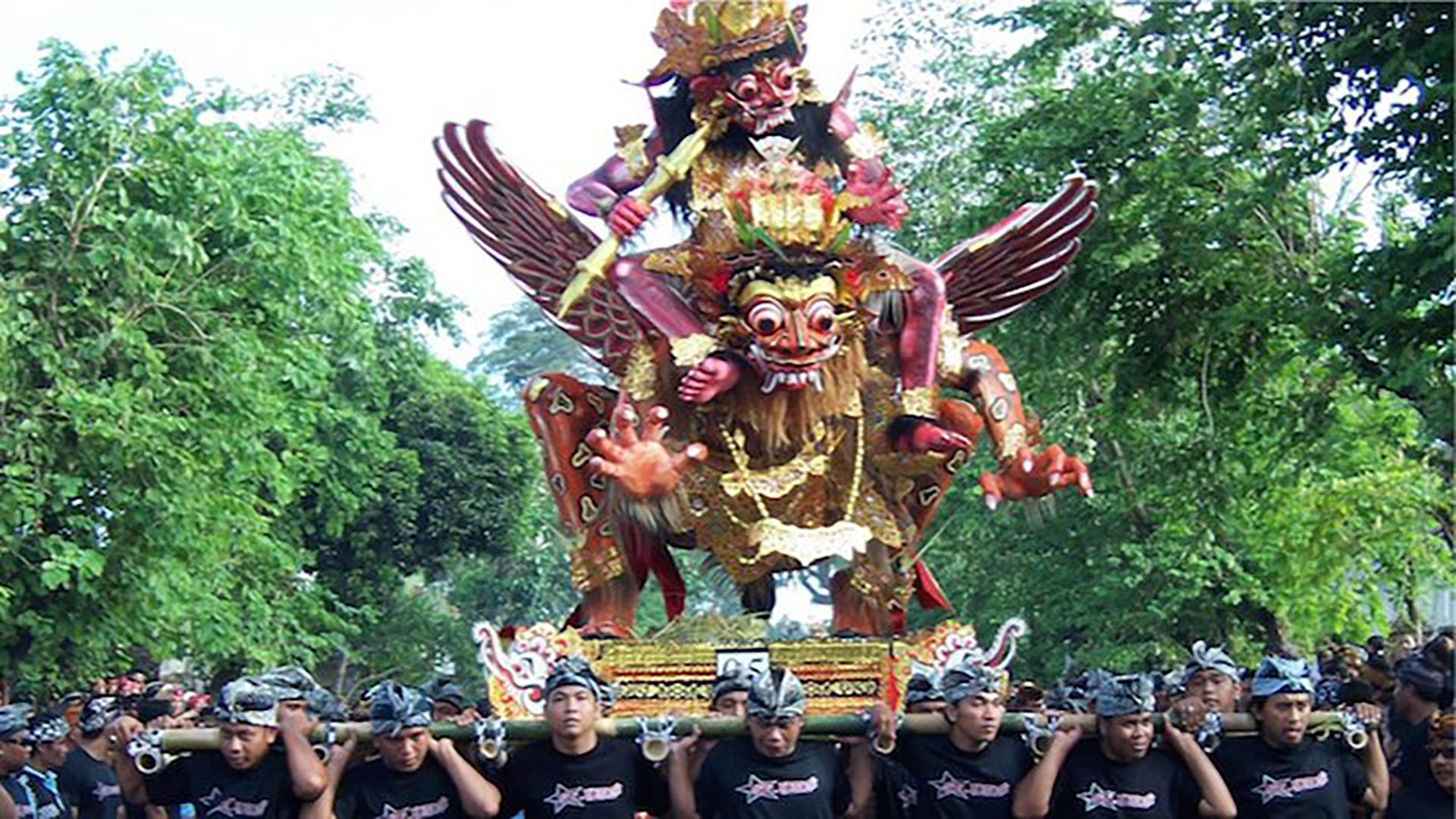Symposium
"BRAIN AND COGNITION
IN HEALTH AND DISEASE"
2025
Bali, Indonesia
3 REASONS TO ATTEND OUR SYMPOSIA
RECEIVE WORLD-CLASS TRAINING
NETWORK WITH OTHER PARTICIPANTS
COMBINE LEARNING WITH A VACATION OF A LIFETIME
Our programs are informed by cutting edge science and state-of-the-art clinical insights.
Our courses attract international participants, with a unique opportunity to meet colleagues from every corner of the world..
Our program will take place in Bali – one of the most iconic destinations in the world.
THE SPEAKER
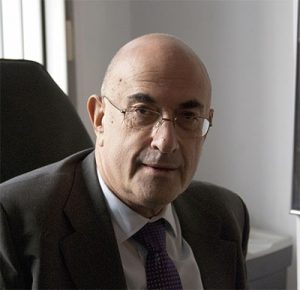
Elkhonon Goldberg, Ph.D., ABPP/ABCN, is a a clinical neuropsychologist and cognitive neuroscientist, and the Founding Director of Luria Neuroscience Institute and Goldberg Brain-Mind Symposia.
He is a diplomate of The American Board of Professional Psychology / American Board of Clinical Neuropsychology, with over 40 years of experience in neuropsychological diagnosis, cognitive rehabilitation, and forensic neuropsychology.
His critically acclaimed and bestselling books have been published in 24 languages.


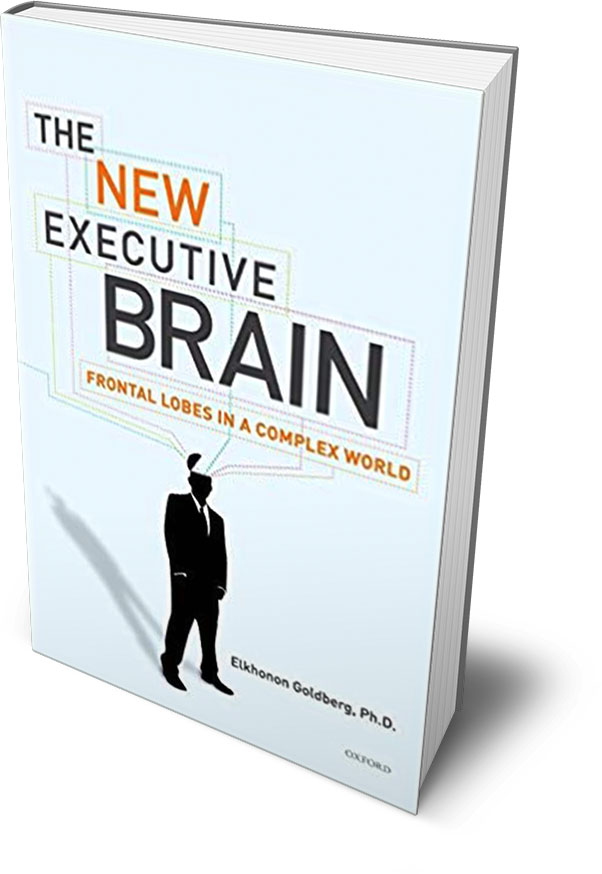



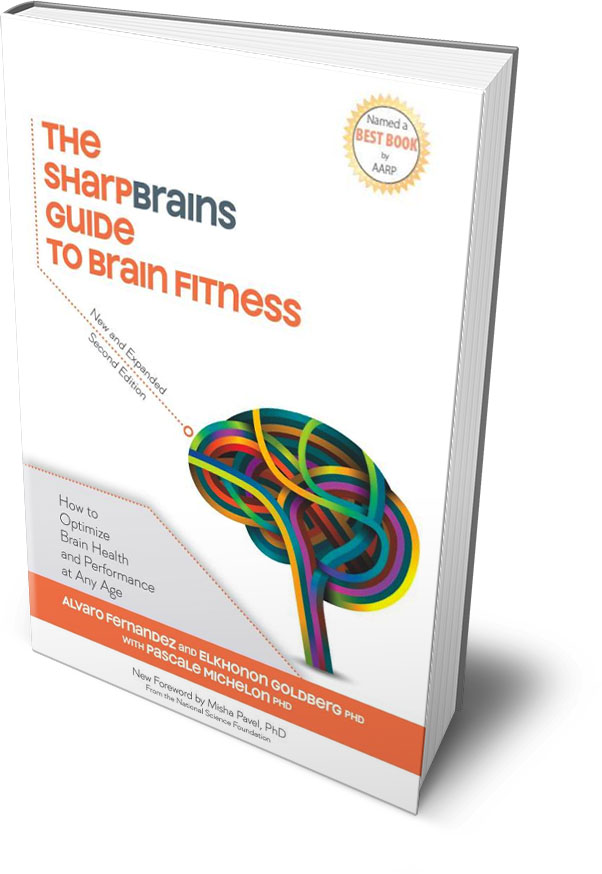
Find books by Dr. Goldberg on Amazon:
Creativity: The Human Brain in the Age of Innovation
Executive Functions in Health and Disease
The New Executive Brain: Frontal Lobes in a Complex World
The Wisdom Paradox: How Your Mind Can Grow Stronger As Your Brain Grows Older
The Executive Brain: Frontal Lobes and the Civilized Mind
Luria’s Legacy in the 21st Century
The SharpBrains Guide to Brain Fitness: How to Optimize Brain Health and Performance at Any Age
Elkhonon Goldberg, Ph.D., Founding Director of Brain-Mind Symposia, has been a frequent visitor to Bali for 30 years, and has come to know both the people and the place well. He is currently engaged in cross-cultural neuroscience research collaborations in Indonesia.
The decision to hold the brain-mind symposia in Bali has been a natural extension of his longstanding relationship with, and fondness for, Bali and Southeast Asia in general.
Our events in Bali are hosted by Suryani Institute for Mental Health of Bali (suryani-institute.com). SIMH dedicated to improving society through a biopsychospiritual-sociocultural approach, making Bali a center for understanding spiritual abilities in achieving happiness, and maintaining the Balinese culture. SIMH is the pioneer in developing community-based treatment of mental illnesses in Bali, and fostering basic and clinical mental health research and knowledge dissemination .
BALI, INDONESIA
GREAT KNOWLEDGE IS A DESTINATION
Goldberg Brain-Mind Symposia provide a forum – both intellectual and physical – for sharing cutting-edge knowledge and ideas about the brain and the mind. Our programs are designed for mental health professionals (psychologists, neuropsychologists, neuroscientists, psychiatrists, neurologists, psychotherapists, and others).
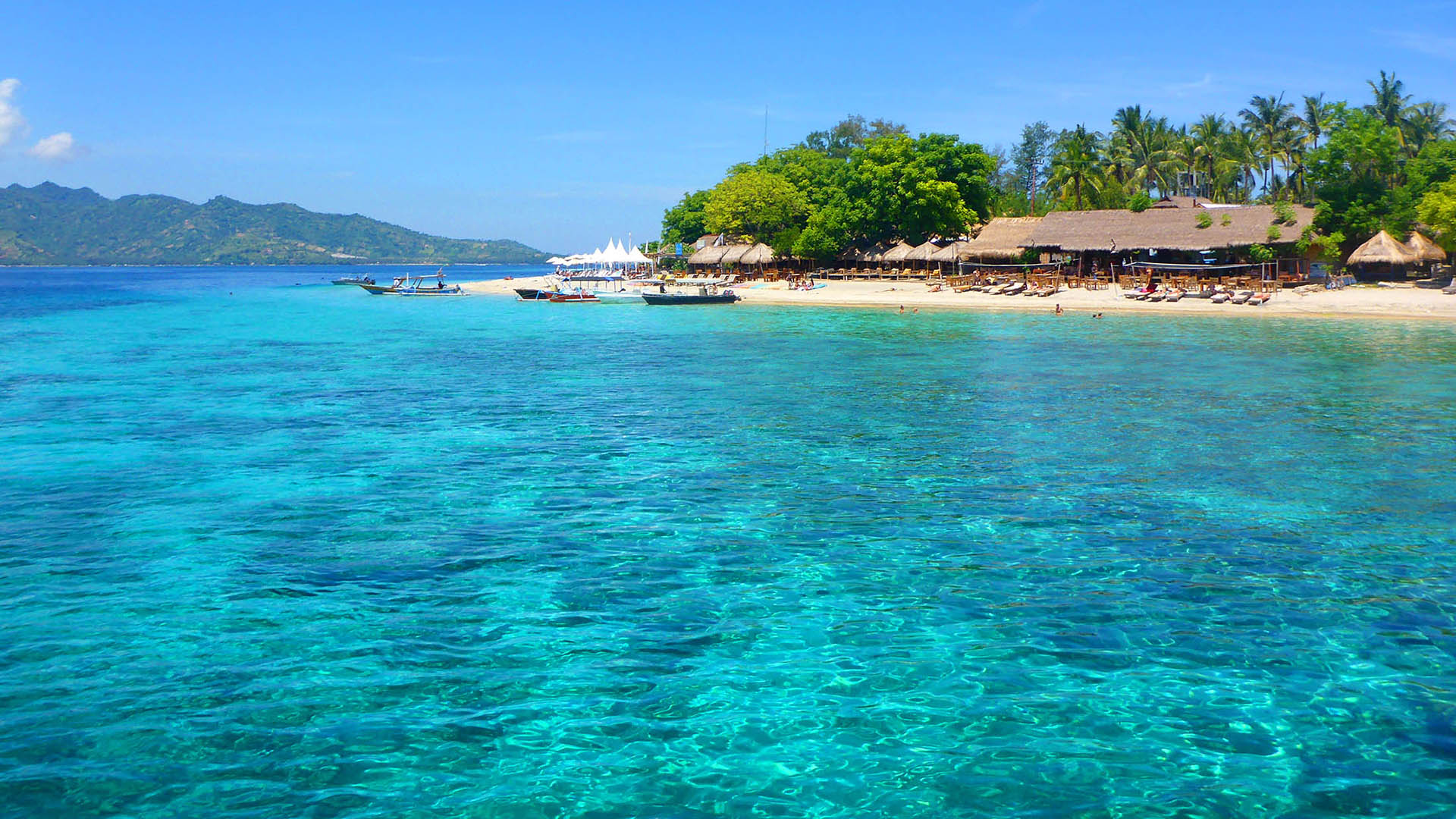
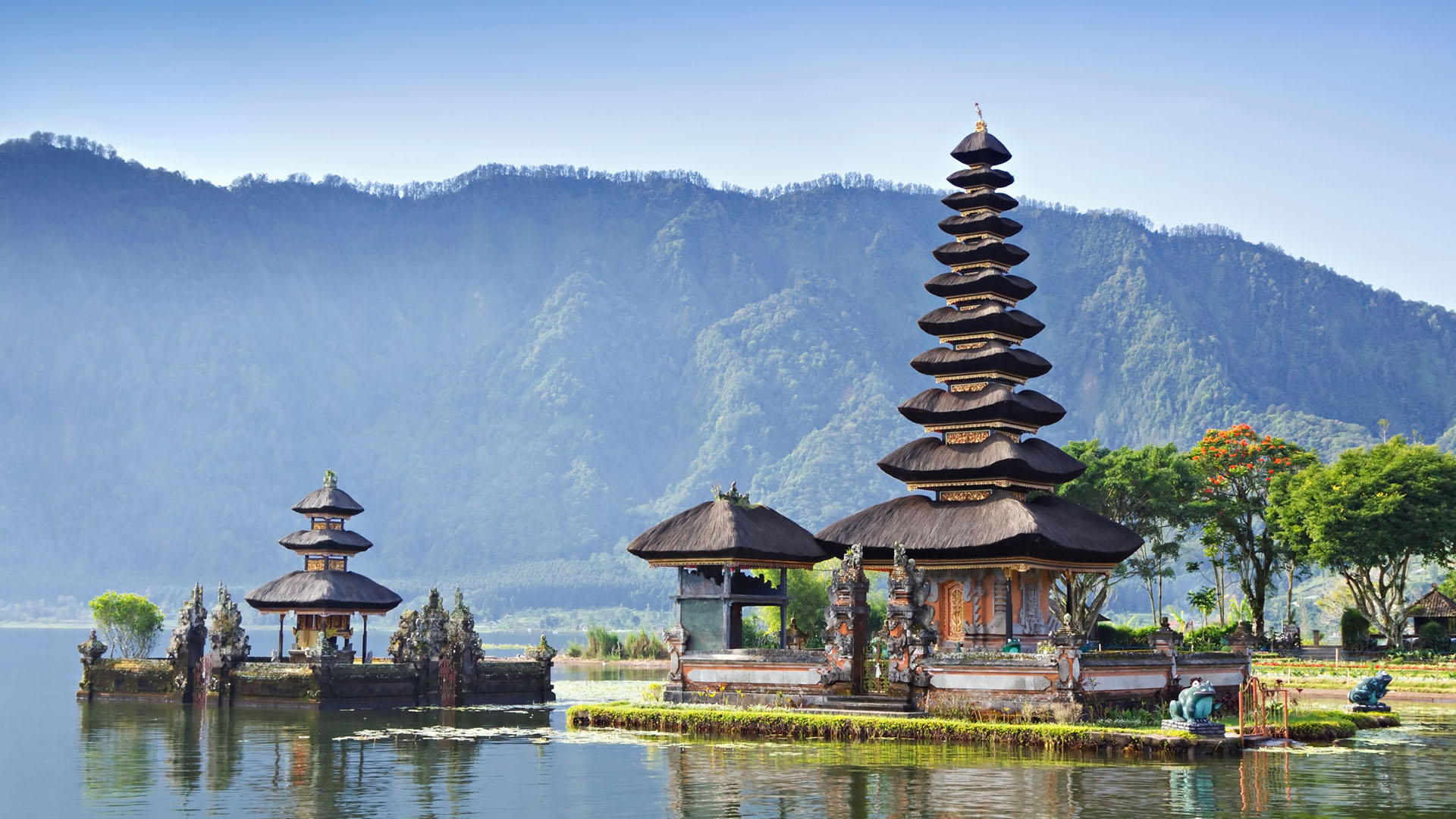
We offer rich and thoughtful content in iconic locations to attract international participation, and by so doing to foster interactions among professionals and scientists from every corner of the world.
Our first, inaugural program will take place in Bali, Indonesia. It will address central topics in neuropsychology and cognitive neuroscience. To learn more, go to PROGRAM.
GREAT KNOWLEDGE IS A DESTINATION
BALI – THE ISLAND OF GODS


Bali’s iconic appeal and strategic location makes it an ideal meeting place for colleagues from every corner of the world. Bali is close to Australia and New Zealand, to China, Japan, and South Korea, with multiple non-stop flights.
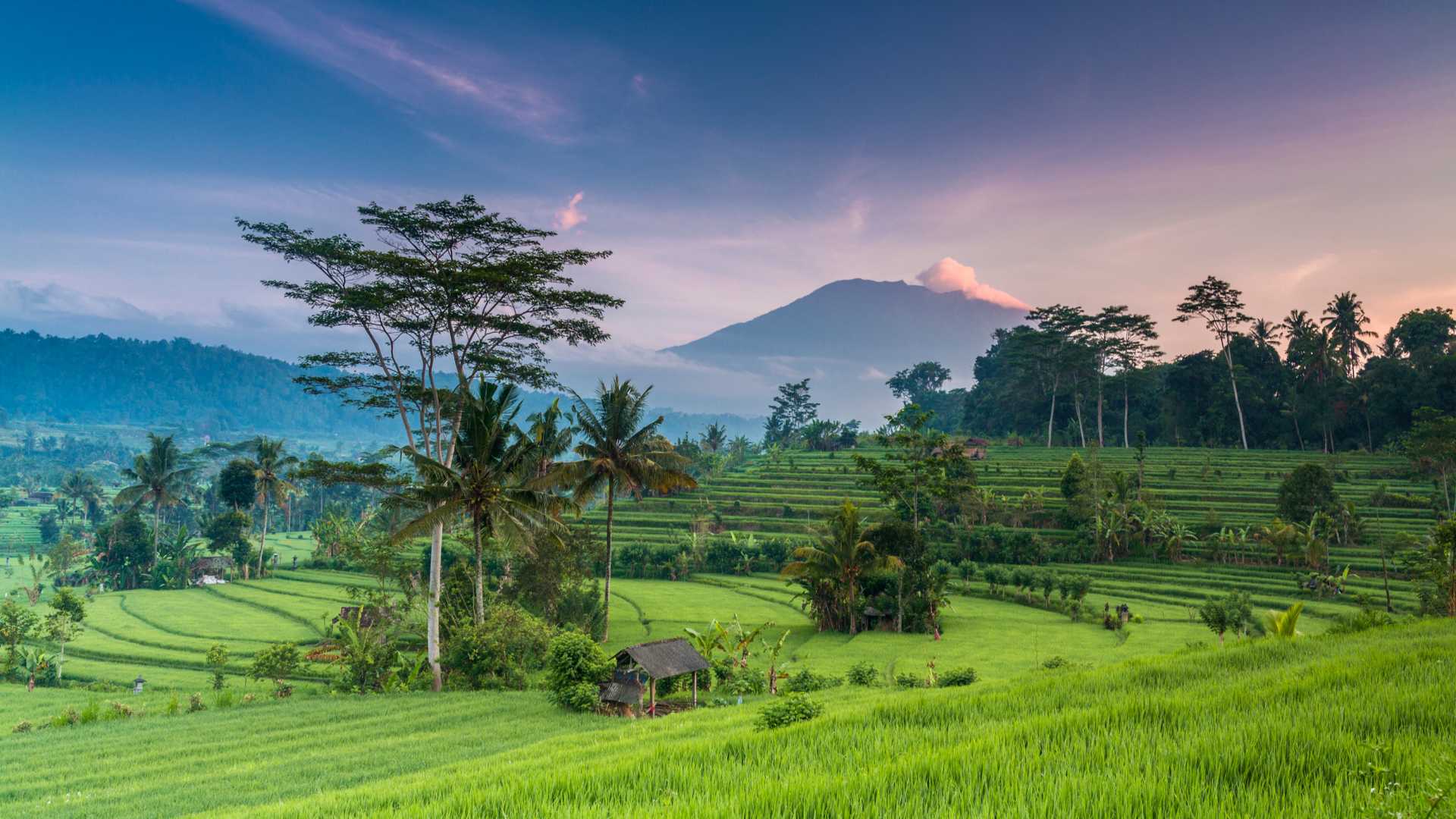

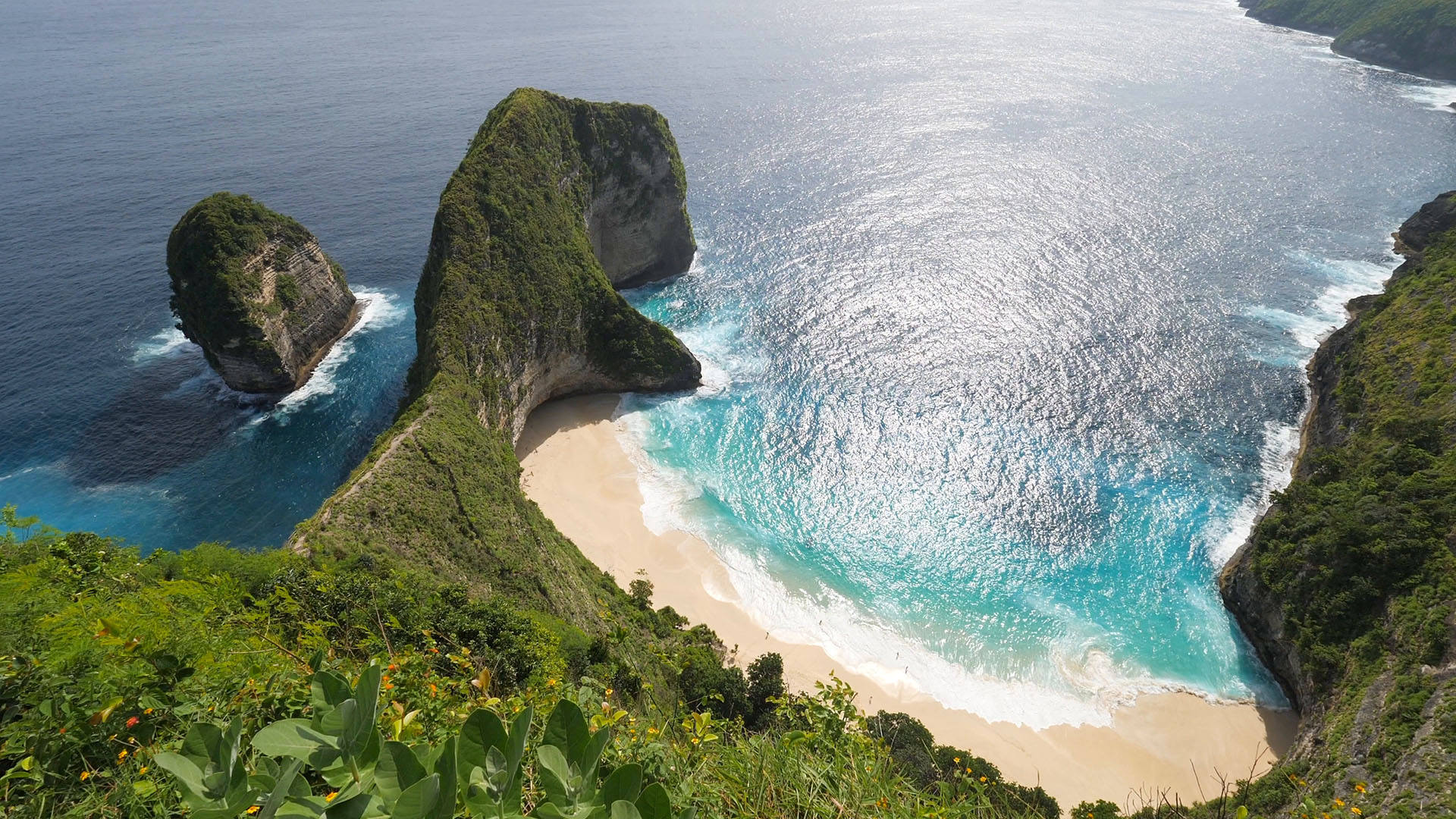
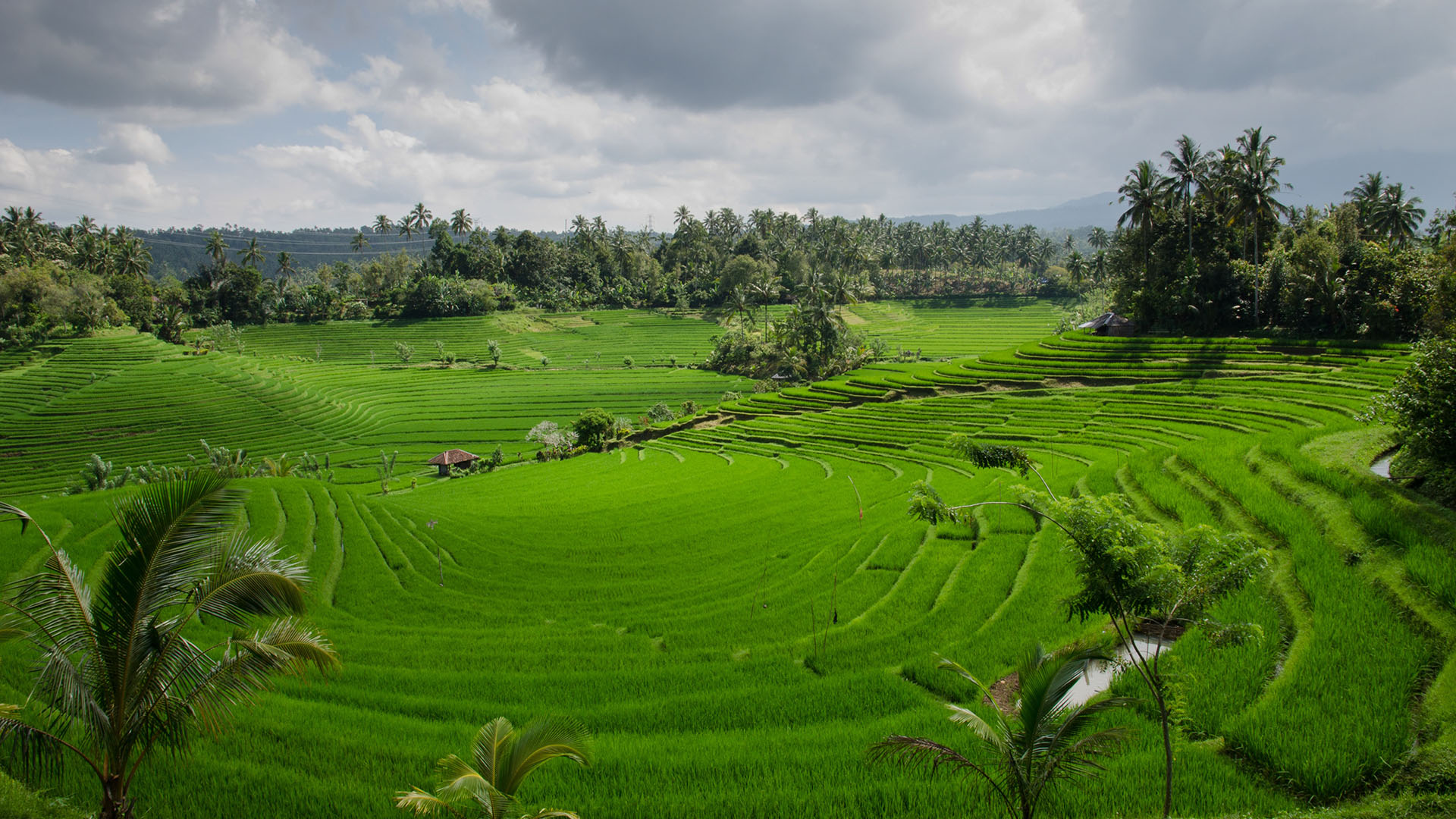
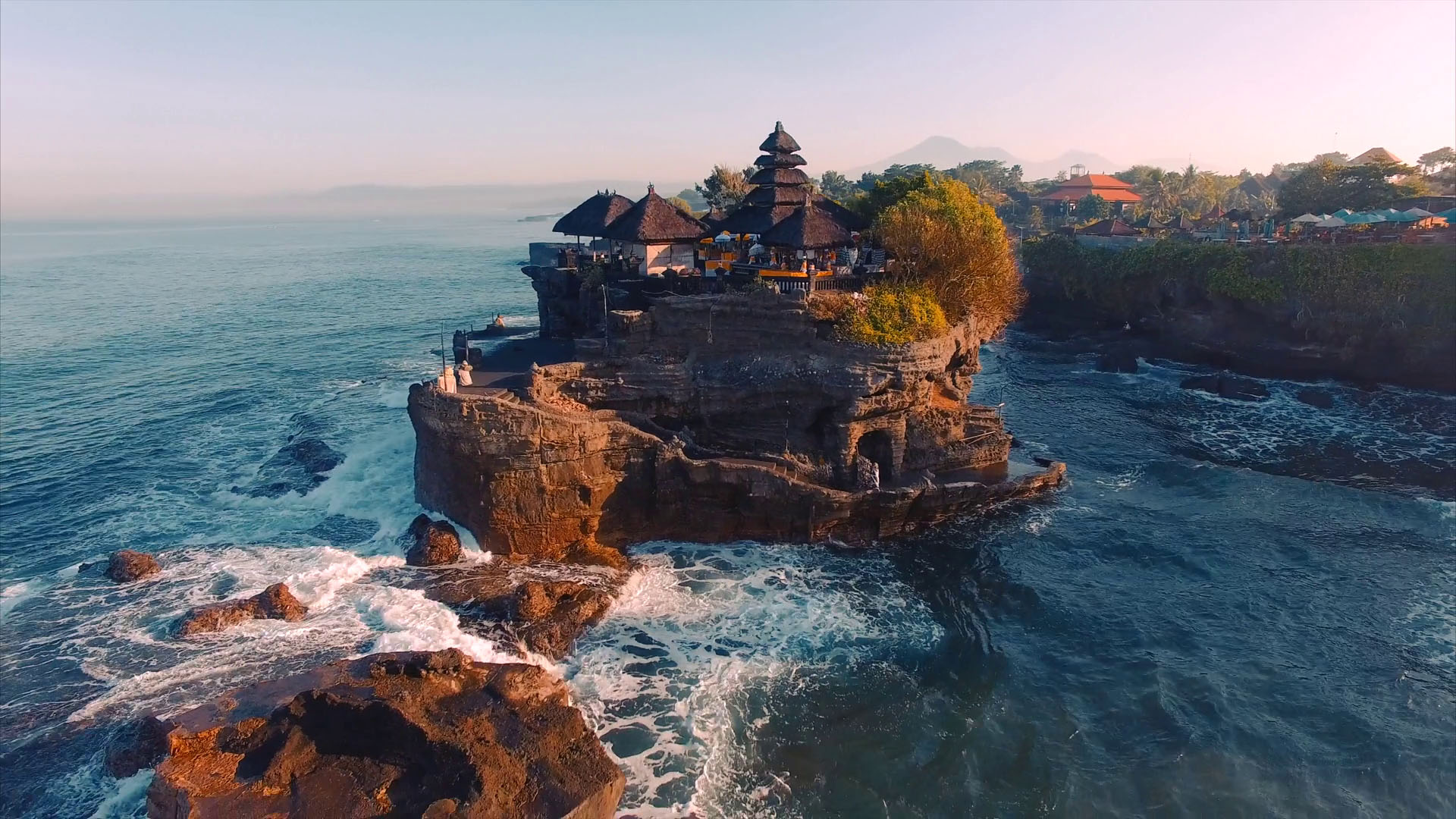

JIMBARAN
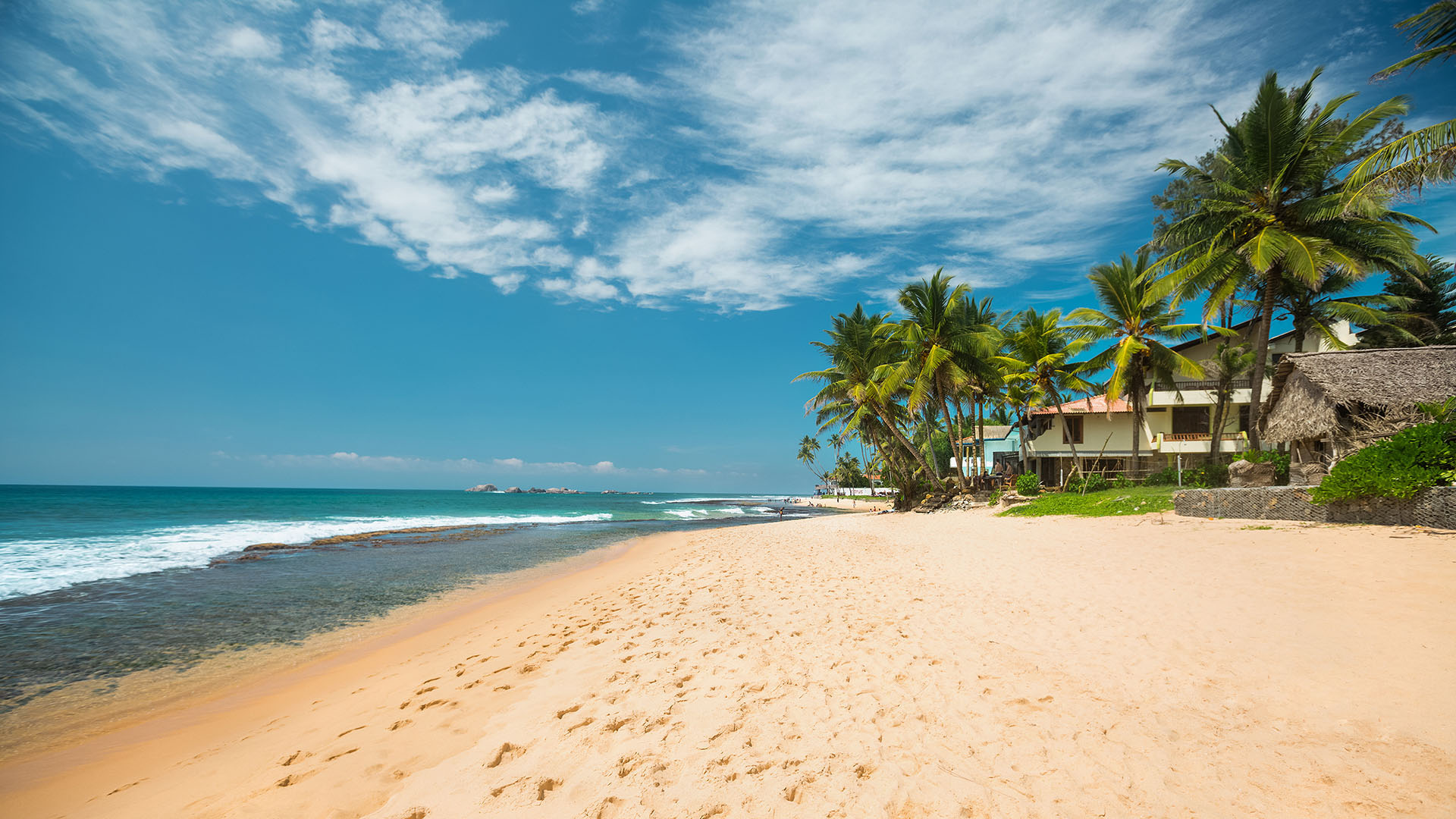

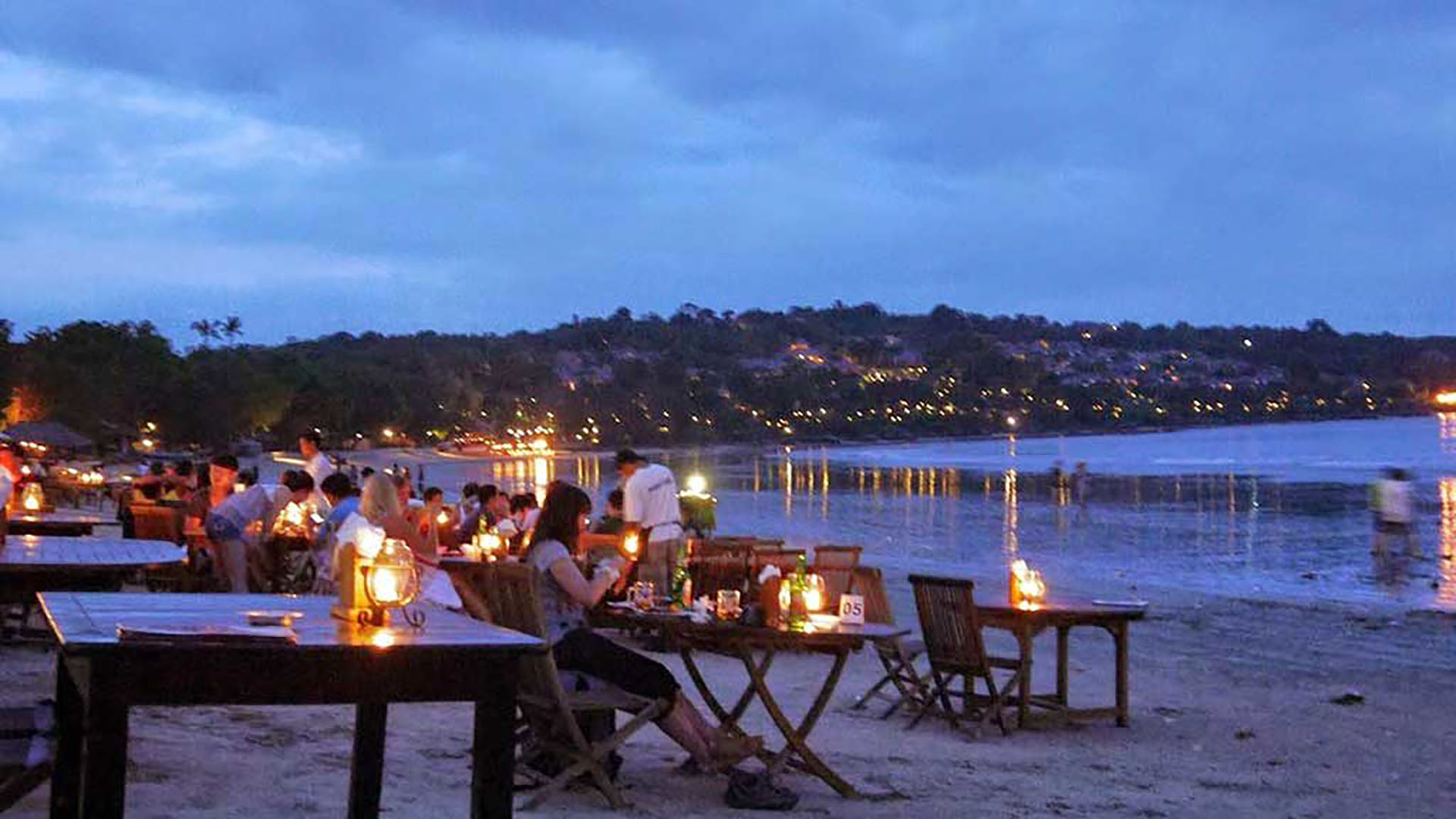
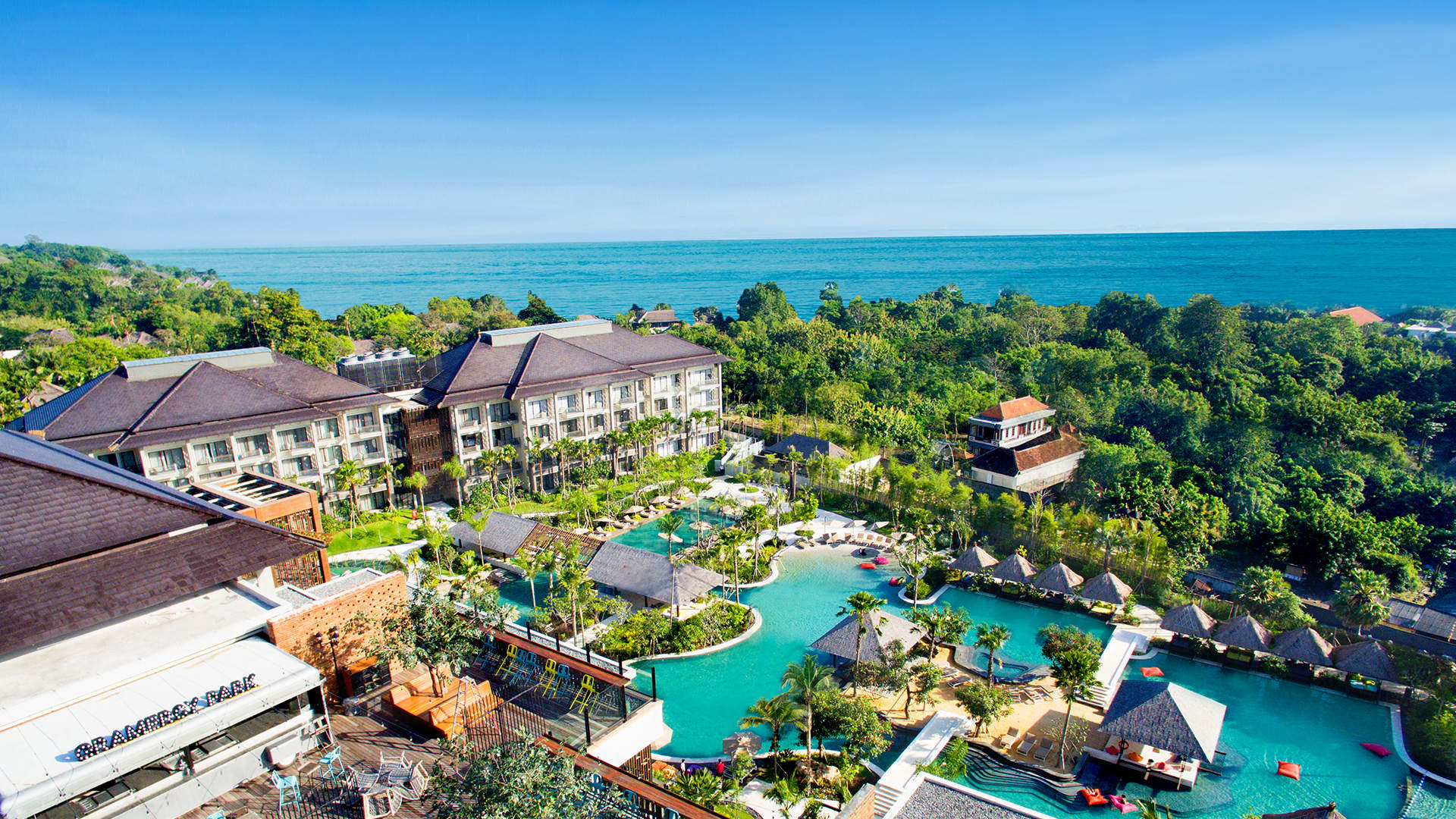
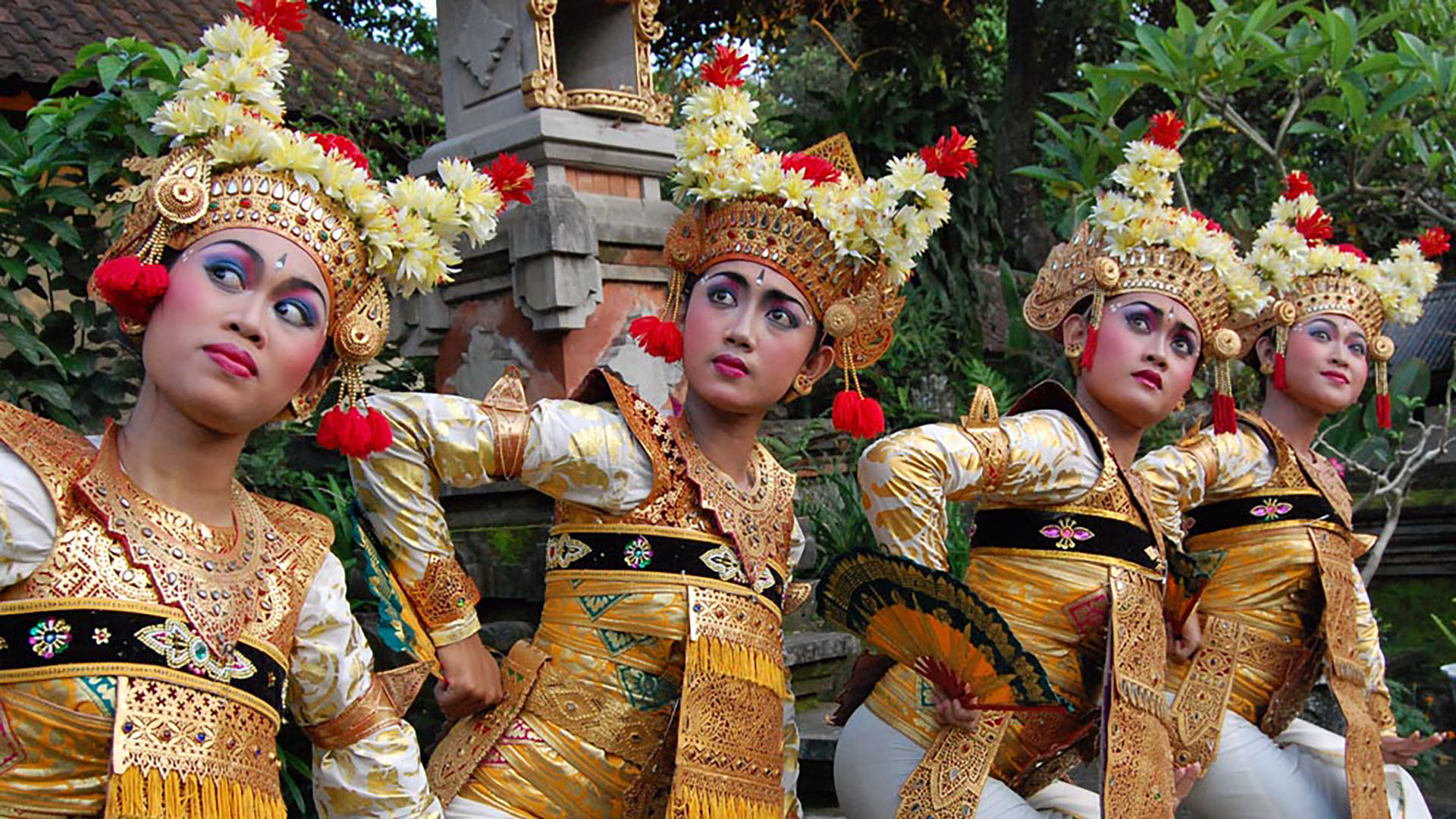
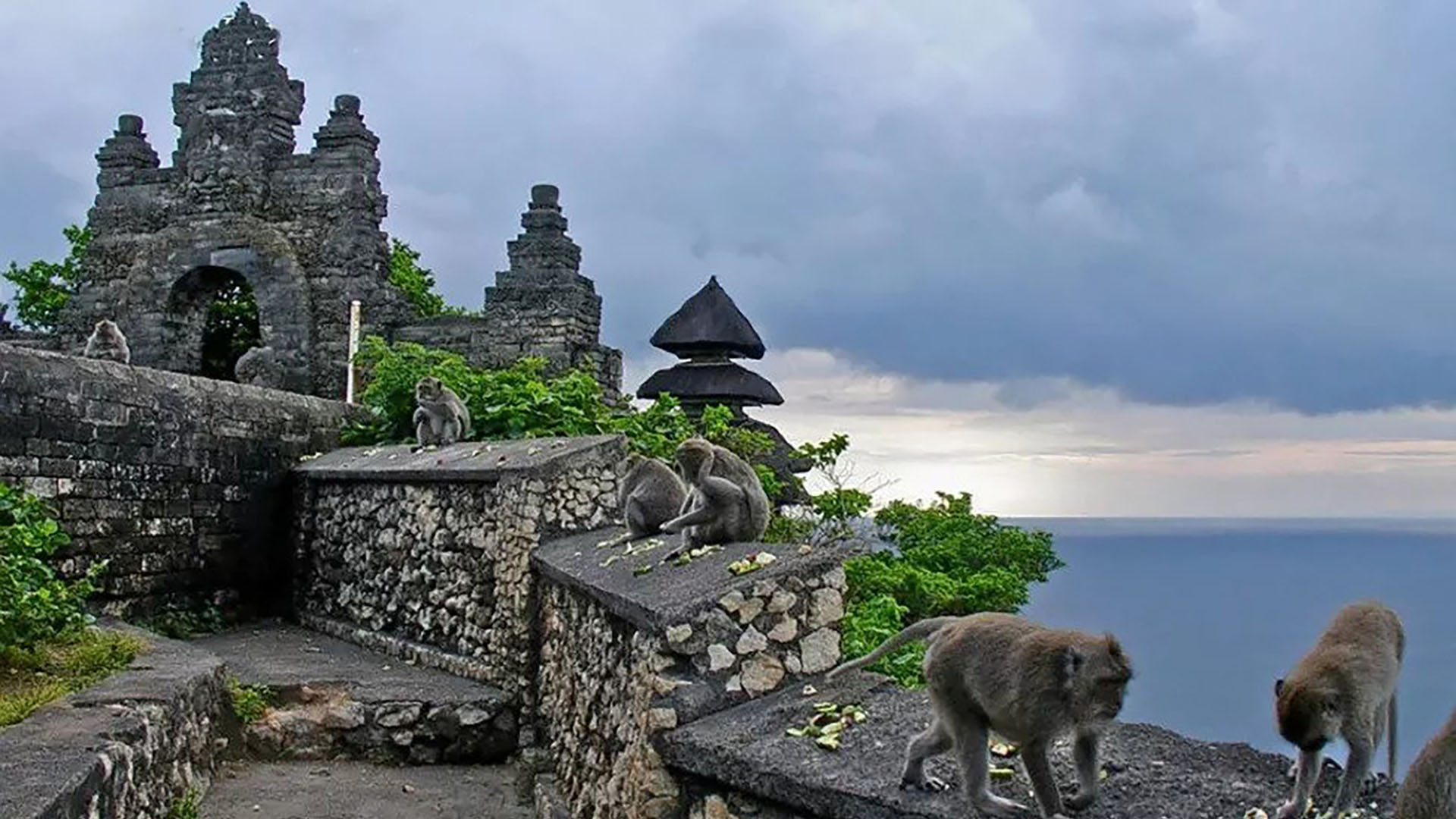
Numerous sightseeing and cultural programs, and extension tours to other parts of Indonesia will be available through local travel agencies. Or you can spend the afternoons in lively, informal discussions with colleagues from all over the world on the beach, in a lush tropical garden next to the beach, or in a nearby restaurant over drink.
The ability to network and exchange ideas with the colleagues from diverse countries and parts of the world is a unique opportunity provided by our program. To ensure effective interaction, the number of participants will be kept relatively small.
